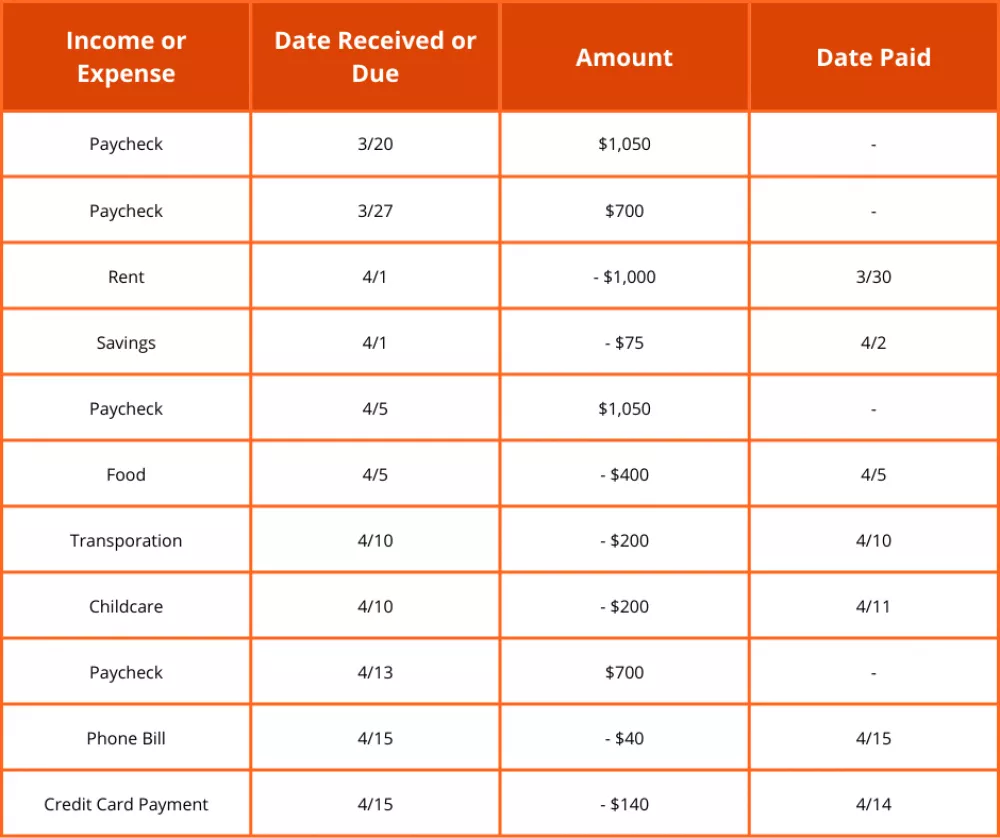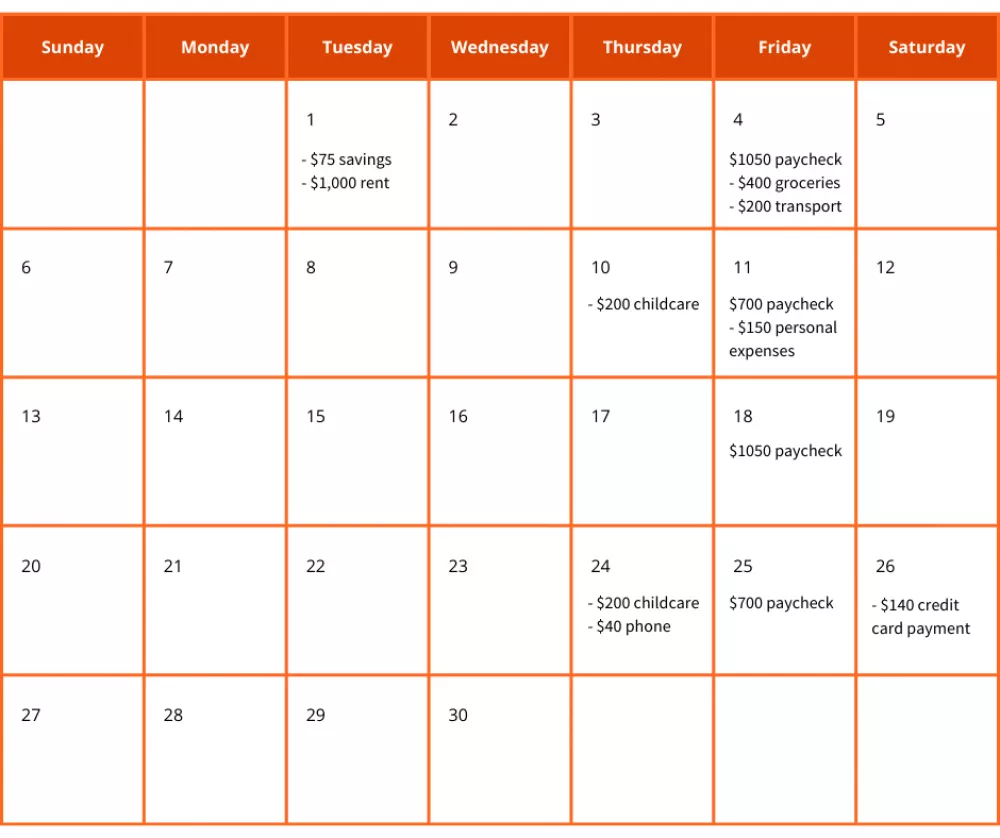Money Management 101: How to Create a Spending Plan
Mar 29, 2022 | Rafael Rogel, AVP, Financial Education Manager

I’ve been an educator since 2003, and as of 2014, I have been helping people take control of their finances. I’ve worked with schools, colleges, and nonprofits, providing financial education to people from middle school age to retirement, in English and in Spanish. I know that finances are complex and they’re emotional. But I also know that a few small steps can help you make a plan for your money and set yourself up for success to reach your goals.
Let’s get started!
What is a spending plan?
A spending plan is a step-by-step process for meeting your financial obligations and goals within a specific period of time. When you have a plan for how you’re going to use your money before it comes in, you’re going to have more control over your money, rather than your money controlling you. It allows you to make sure that your financial decisions are intentional and align with your long-term goals.
How do I build a spending plan?
The first thing you need to do is keep track of your daily spending by saving your receipts and monitoring your online banking or credit card spending. You can also use an app to help you monitor and track your spending. At the end of each week, take a look at your spending. Reflect on whether you are happy with where your money went, or if you would like to make any adjustments moving forward.
Next, write down your monthly income and expenses. Make a detailed list of all your financial obligations (expenses) each month. The total expenses should not exceed your net income. Net income is also known as your take-home pay, after deductions from your check have been applied.
As you look at your expenses, consider whether each one is a need or a want. It can be a difficult process because it’s hard to give up certain spending, even when that spending is not conducive to your financial wellness. Be patient and kind to yourself as you work through these decisions.
If covering all your expenses with your current income is not possible, consider ways to decrease your spending and to increase your income. You might want to cut down on eating out and cancel services or memberships that are not essential. Also, look for side jobs or do a web search to discover other options to increase your income.
Spending plan tools
Help yourself stay on track with your expenses and avoid late fees by tracking the due dates on your expenses and bill. One tool you can use is a monthly payment schedule. Make a list of your paydays and a list of your bills’ due dates. Once you have paid them, cross them off. Here is an example:

You can also use a monthly payment calendar. This tool is similar to the monthly payment schedule and serves the same purpose. Some people prefer calendars as they are easy to buy, and you can write your pay dates and bill due dates in it. Here is an example:

One other option is to use a computer spreadsheet or app. Create your own spreadsheet, similar to the monthly payment schedule, or search online for templates. You can also download programs or apps that help you stay on track with your expenses and achieve your savings goals (some have a cost associated with them, so watch out for that).
Next steps for improving your financial wellness
A spending plan is a small step, but it can make a huge difference in your finances. I recommend sticking with it for at least six months to build a habit and start being more mindful in your spending. When you’re ready for the next step, check out my Money Smart video series and more resources.
The content shared in this article is for informational purposes only and is not intended to be financial advice.

Where you put your money matters.
Our clients want to see their money put to good use – funding causes that defend our home planet and build resiliency in our communities. Change your bank and help change the world.
Choose a Bank that Invests in Tomorrow

Beneficial State Bank serves the triple-bottom-line of people, planet, and prosperity for all. That means prioritizing social justice and environmental sustainability. Our clients want to see their money put to good use – funding causes that defend our planet and build resiliency in our communities. Change your bank and help change the world.
